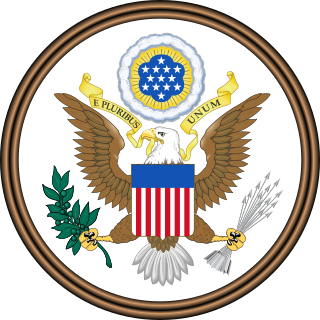Copyright Act of 1831
U.S. federal copyright legislation From Wikipedia, the free encyclopedia
The Copyright Act of 1831[1] was the first major revision to the U.S. Copyright Law. The bill is largely the result of lobbying efforts by American lexicographer Noah Webster.
This article includes a list of general references, but it lacks sufficient corresponding inline citations. (March 2015) |
 | |
| Long title | An Act to Amend the Several Acts Respecting Copyrights |
|---|---|
| Effective | February 3, 1831 |
| Citations | |
| Statutes at Large | 4 Stat. 436 |
| Legislative history | |
| |
| United States Supreme Court cases | |
The key changes in the Act included:
- Extension of the original copyright term from 14 years to 28 years, with an option to renew the copyright for another 14 years
- Addition of musical compositions to the list of statutorily protected works (though this protection only extended to reproductions of compositions in printed form; the public performance right was not recognized until later)
- Extension of the statute of limitations on copyright actions from one year to two
- Changes in copyright formality requirements

Amendments
Summarize
Perspective
The law was amended a number of times for a wide variety of purposes.[2]
- In 1834, Congress allowed a copyright to be transferred to someone else, a record of which had to be made within 60 days.[2]
- In 1846, Congress established the requirement of depositing copies of the work at the Library of Congress and the Smithsonian, in addition to the copies already required to be deposited with the Secretary of State.[2]
- In 1855, Congress provided free postage for sending works to be deposited.[2]
- In 1856, copyright was expanded to the right to restrict public performance of a work.[2]
- In 1859, the requirement of depositing copies of the work at the Library of Congress and the Smithsonian was repealed.[2]
- In 1861, copyright cases were allowed to be heard by the United States Supreme Court, regardless of the amount of money at stake.[2]
- In 1865, Congress made photographs copyrightable.[2] The constitutionality of this amendment was challenged but upheld by the Supreme Court in Burrow-Giles Lithographic Co. v. Sarony.[3]
- Also in 1865, the practice of depositing a copy with the Library of Congress was reestablished, requiring deposit within one month.[2]
- In 1867, the Librarian of Congress Ainsworth Spofford lobbied for a penalty of $25 for books that failed to be deposited within one month.[2]
See also
References
Further reading
External links
Wikiwand - on
Seamless Wikipedia browsing. On steroids.
